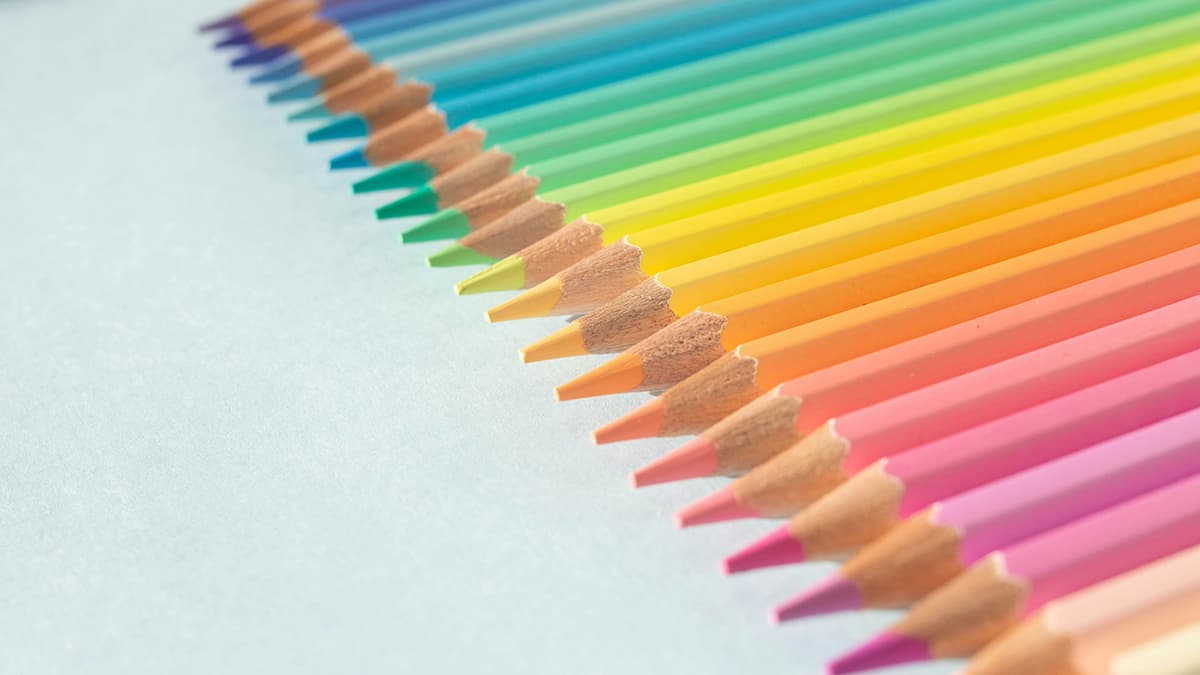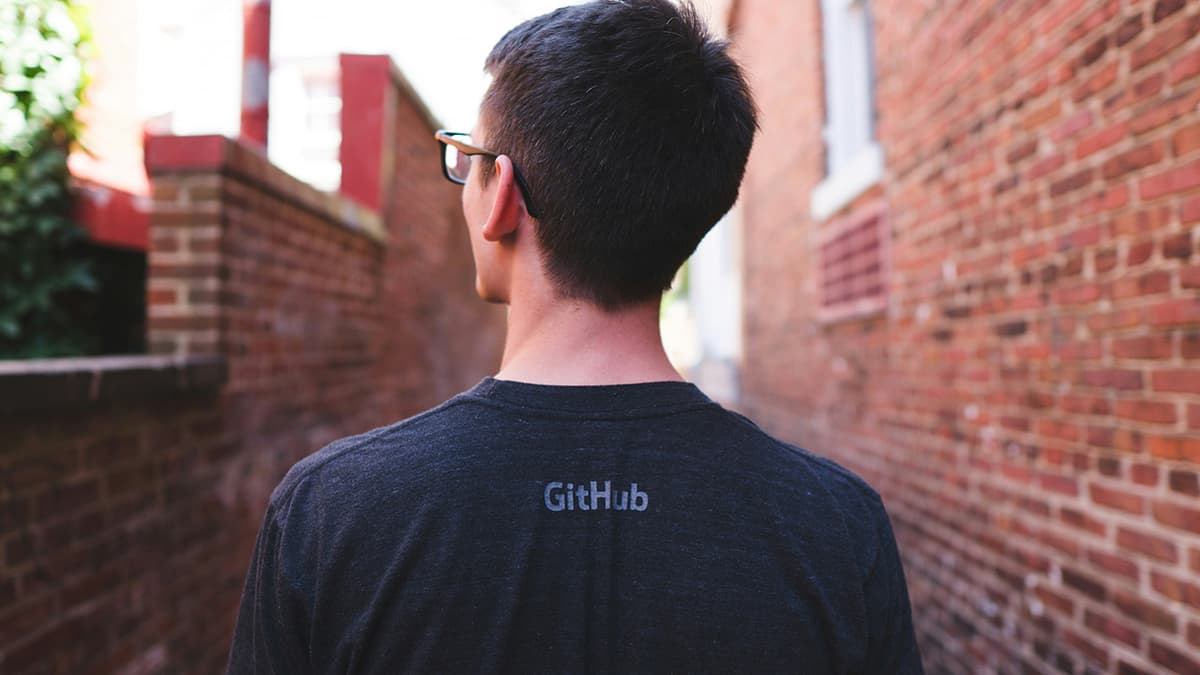How to Optimize Performance in Shopify Next.js
Are you struggling with slow loading times and less-than-ideal performance on your Shopify Next.js site? If so, you're not alone. Many online store owners face challenges when it comes to optimizing their site for speed and efficiency. But fear not, as we've got you covered with some helpful tips and tricks to boost performance on your Shopify Next.js website.
Embrace Static Generation
One of the most effective ways to improve performance on your Shopify Next.js site is to leverage static generation. By generating static files for your pages at build time, you can significantly reduce load times and provide a smoother browsing experience for your customers. To implement static generation in Next.js, you can use the getStaticProps and getStaticPaths functions to fetch data and generate static pages.
Here's an example of how you can use getStaticProps in a Next.js page component:
Jsx
By implementing static generation in your Shopify Next.js site, you can improve performance and provide a more responsive experience for your customers.
Lazy Load Images
Another strategy to optimize performance on your Shopify Next.js website is to implement lazy loading for images. Lazy loading delays the loading of images that are not immediately visible on the screen, which can help reduce initial page load times and improve overall performance. You can use libraries like react-lazyload to easily implement lazy loading in your Next.js site.
Here's an example of how you can lazy load images in a Next.js component:
Jsx
By incorporating lazy loading for images in your Shopify Next.js site, you can optimize performance and create a more efficient browsing experience for your customers.
Minify and Bundle Assets
To further enhance performance on your Shopify Next.js website, make sure to minify and bundle your assets, including CSS and JavaScript files. Minification reduces the size of your assets by removing unnecessary characters and spaces, while bundling combines multiple files into a single file to reduce the number of requests made to the server.
You can use tools like webpack to automatically minify and bundle your assets in Next.js. Here's a basic configuration example:
Javascript
By minifying and bundling your assets in your Shopify Next.js site, you can streamline the loading process and enhance overall performance for your customers.
Implement Browser Caching
Browser caching is another effective technique to boost performance on your Shopify Next.js website. By enabling caching for your static assets, such as images, CSS, and JavaScript files, you can instruct the browser to store these assets locally, reducing the need to reload them each time a user visits your site.
You can set cache-control headers for your assets to specify how long they should be cached in the browser. Here's an example of setting cache headers in a Next.js API route:
Javascript
By implementing browser caching for your static assets in Shopify Next.js, you can improve performance and provide a faster browsing experience for your customers.
Optimize Images
Lastly, optimizing images is crucial for improving performance on your Shopify Next.js website. Make sure to reduce the file size of your images without compromising quality, as large and uncompressed images can significantly slow down loading times. You can use tools like ImageOptim or Squoosh to compress and optimize your images before uploading them to your site.
Additionally, consider using responsive images with srcset and sizes attributes to deliver the most appropriate image size based on the user's device and screen resolution. This can help reduce unnecessary bandwidth usage and improve performance on mobile devices and slower connections.
By optimizing images on your Shopify Next.js site, you can enhance performance and create a more streamlined browsing experience for your customers.
By following these tips and implementing best practices in your Shopify Next.js site, you can significantly boost performance and provide a more responsive and efficient browsing experience for your customers. Keep experimenting with different strategies and fine-tune your site to achieve optimal performance levels. Your efforts will not go unnoticed, and your customers will appreciate a faster and smoother shopping experience.












